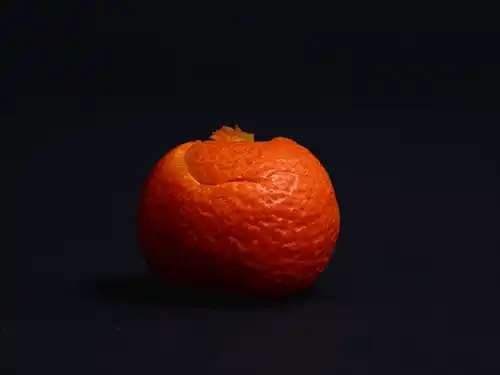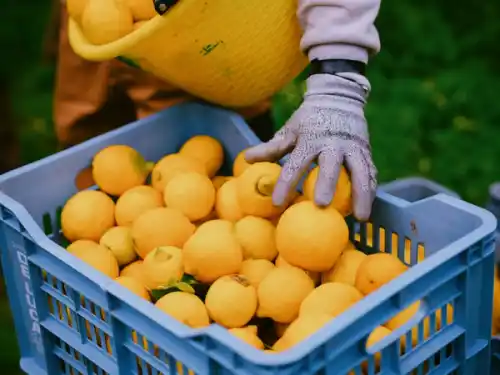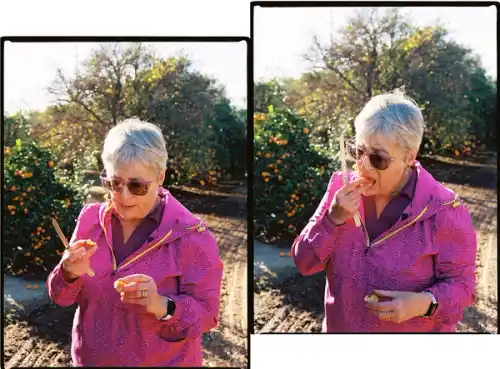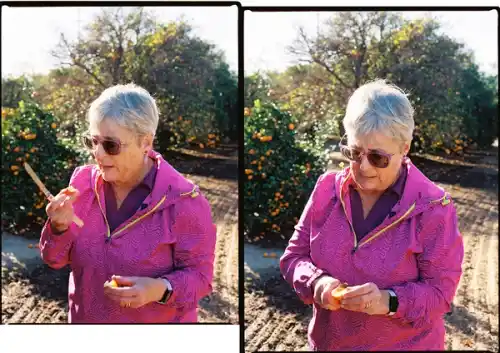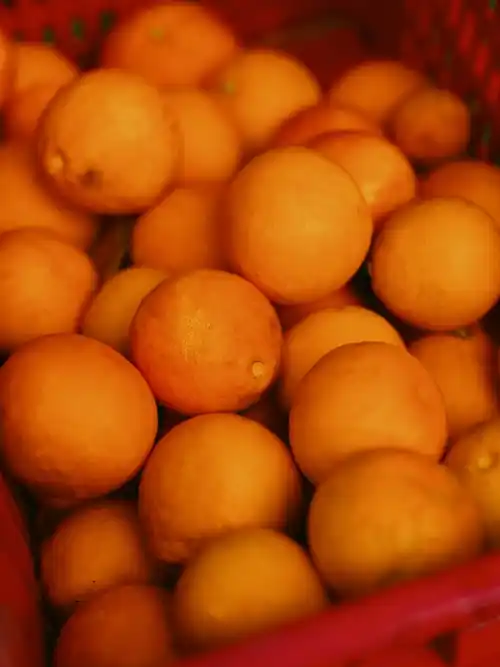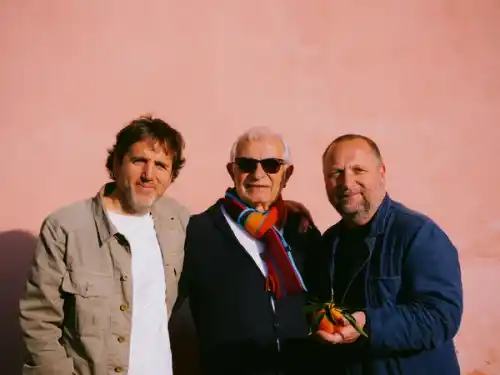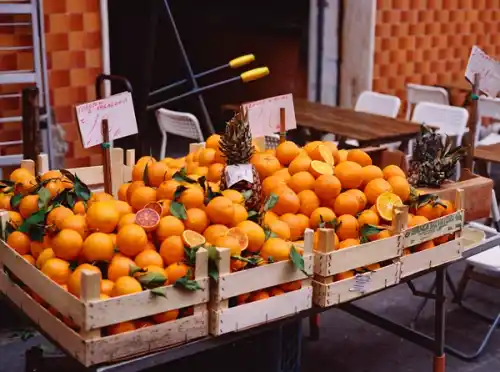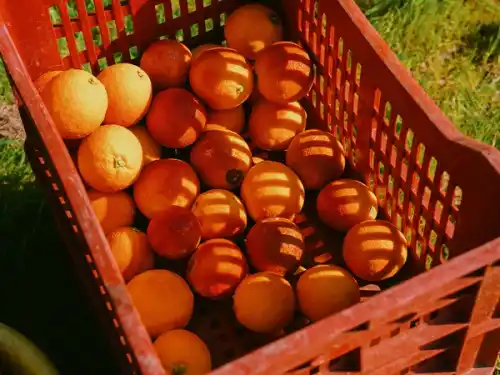BBC food journalist Dan Saladino has spent over a decade traveling the globe researching foods at risk of extinction, sharing the events and circumstances that led to their uncertain futures. In his book Eating to Extinction, Dan explores the thorny history of global agriculture, focusing each chapter on a single crop and explaining the social and environmental factors that have shaped its evolution.
Dan Saladino, author of “Eating to Extinction”

